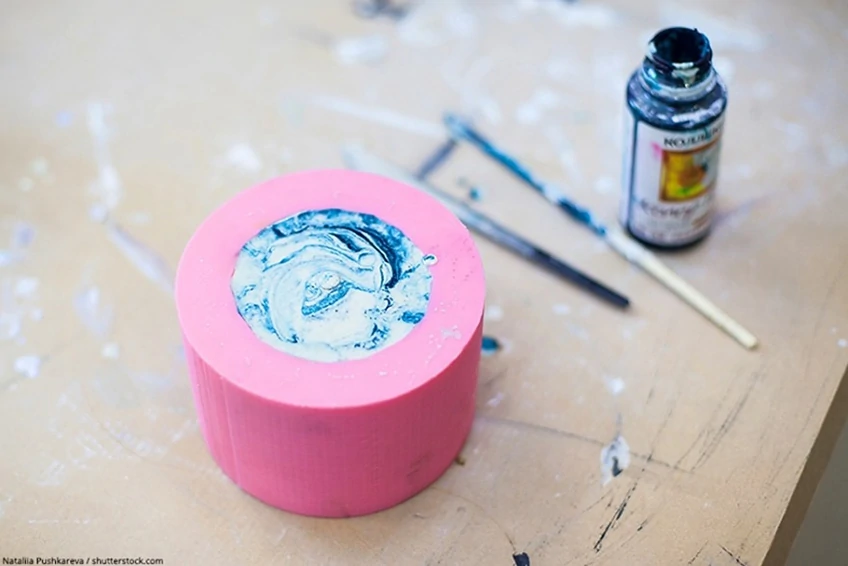Polyurethane Rubber Overview – Polyurethane vs Rubber
This post may contain affiliate links. We may earn a small commission from purchases made through them, at no additional cost to you. You help to support resin-expert.com
There are many potential uses and types of polyurethane, but can something like polyurethane rubber be found? First, let us discover the variations concerning polyurethane and rubber.
What is Polyurethane?
You get a variety of different types of polyurethanes from flexible to rigid polyurethane foam, adhesives, sealants, and lots more. Polyurethanes are part of the plastic group, also known as elastomeric polymers. Rubber is also a part of these polymers, which was developed around 1937 and has since been modified to create a wide variety of products.
The substance is quite strong, durable, malleable, and multipurpose. Developed by the amalgamation of polyol and poly-isocyanate, the urethane rubber offers physical properties that give it the pliability of rubber and the toughness of inflexible plastic.
There are countless applications when it comes to urethane rubber, and in many cases, is utilized instead of metal, wood, or paint as components for home use and industrial applications. Ever wondered what your foam couch or mattress is made of? Yes, polyurethane and soft foam is often found in some pillows and toys.
When compared to rubber, polyurethane is more durable, particularly in cases where it is under pressure and stretched out.
The price might be a bit more than other finishes, but if you want good results, then paying a bit more is worth it.
Polyurethane Pros
- Holds onto its properties even under extremely low and high temperatures up to 220 degrees Fahrenheit (104°C)
- Has a higher shock resistance and strength when compared to plastics
- Urethane rubber withstands more pressure than other elastomers
- Excellent scratch resistance, better than other plastics, elastomers, and metals
- Does not tear easily and remains flexible, exceeding other elastomers
- Resistant to ozone, oxidation, weather, many chemicals, and some are also resistant to bacteria, radiation, and fungus
What is Rubber?
Rubber is an elastomer like polyurethane, and all elastomers are appropriately described as a rubbery substance. Many people may still think that rubber products come from its natural source, which is organic latex from trees. However, most rubber products are synthetic and are created from petroleum byproducts. Nowadays, there is only small-scale harvesting of organic rubber.
Synthetic rubber makes up just over 60% of the world’s yearly production. One of the major uses for rubber today is tires, and this is because it offers toughness and flexibility. We can see tires being used in most modes of transport from cars, trucks, buses, aircraft to bicycles. Rubber can absorb vibrations much better than polyurethane can. Therefore, synthetic rubber is used to make anti-vibration bushings.
Rubber Pros
- It is the best at absorbing vibrations, having a dampening effect
- Less expensive than polyurethane
Polyurethane vs Rubber
Flexible and elastic properties go to both of these options and each substance is used in the automotive industry, in the manufacture of certain parts. As polyurethane is more durable than rubber, it can be used in cases of high stress and offers a certain amount of flexibility but remains strong. For example, parts made for bumpers, spoilers, and fenders.
Rubber, on the other hand, can withstand vibrations better than polyurethane. For example, as mentioned above for anti-vibration bushings. The rubber acts as a dampener and will absorb vibrations and noise but remains tough. Therefore, a much better choice than polyurethane.
Using rubber components in a vehicle produces a smoother and quieter performance. The rubber components also tend to be original parts from the manufacturer. Rubber is also cheaper than polyurethane, making it a better choice for many vehicle components.
When it comes to the manufacture of polyurethane, the process is slightly more complicated. This is why it is more expensive than synthetic or natural rubber. When comparing polyurethane vs rubber, there are many similar properties and differences, and both have their pros and cons.


